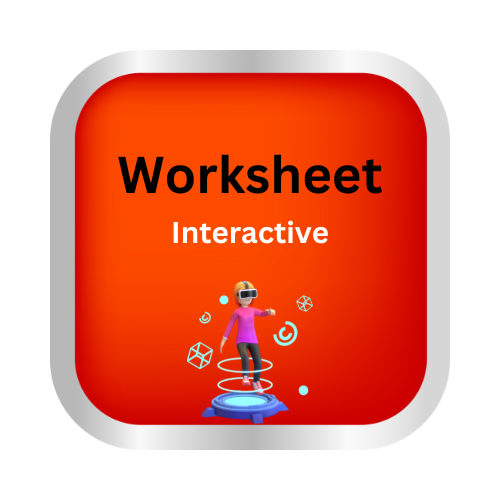Use semicolons, colons, and commas with lists
Key Notes :
| Commas ( , ) in Lists |
Use commas to separate items in a simple list.
📍 If there are only short/simple items, commas are enough.
🔹 Example:
I packed 🍎 apples, 🍌 bananas, 🍇 grapes, and 🍉 watermelon for the picnic.
Tip: Use a comma before “and” in a list (Oxford/serial comma) ✅
| Colons ( : ) Before a List |
Use a colon to introduce a list after a complete sentence.
🧠 Think: The sentence before the colon should make sense on its own!
🔹 Example:
You need the following ingredients to make a sandwich: 🥪 bread, butter, cheese, and tomatoes.
🔸 Do NOT use a colon:
❌ after a verb
❌ after a preposition
Wrong: My favourite subjects are: Math, Science, and English.
Correct: My favourite subjects are Math, Science, and English. ✅
| Semicolons ( ; ) in Complex Lists |
Use semicolons in a list when list items already contain commas.
This avoids confusion! 😕➡️😁
🔹 Example:
On our trip, we visited Delhi, India; Tokyo, Japan; Paris, France; and Cairo, Egypt.
Tip: Semicolons help separate bigger chunks of information in a list.
| Quick Summary Table |
| Punctuation | When to Use | Example |
|---|---|---|
| Comma (,) | Simple lists | I bought pens, pencils, and markers. ✏️ |
| Colon (:) | To introduce a list | Bring these items: soap, towel, shampoo. 🧴 |
| Semicolon (;) | Lists with commas inside items | I met Riya, my cousin; Anil, my neighbour; and Sara, my classmate. 😊 |
| Extra Helpful Tips |
⭐ Use a colon only when a sentence sounds complete before the list.
⭐ Use semicolons to avoid confusion when items are long or detailed.
⭐ Use commas for short and simple lists.
| Practice Time! (Try It) |
Add the correct punctuation:
- I need to buy bread peanut butter jam eggs
- Our team includes Rohan the captain Nisha the vice-captain and Aryan the goalkeeper
- Mom told me to bring the following items vegetables fruits and milk
Let’s practice!

